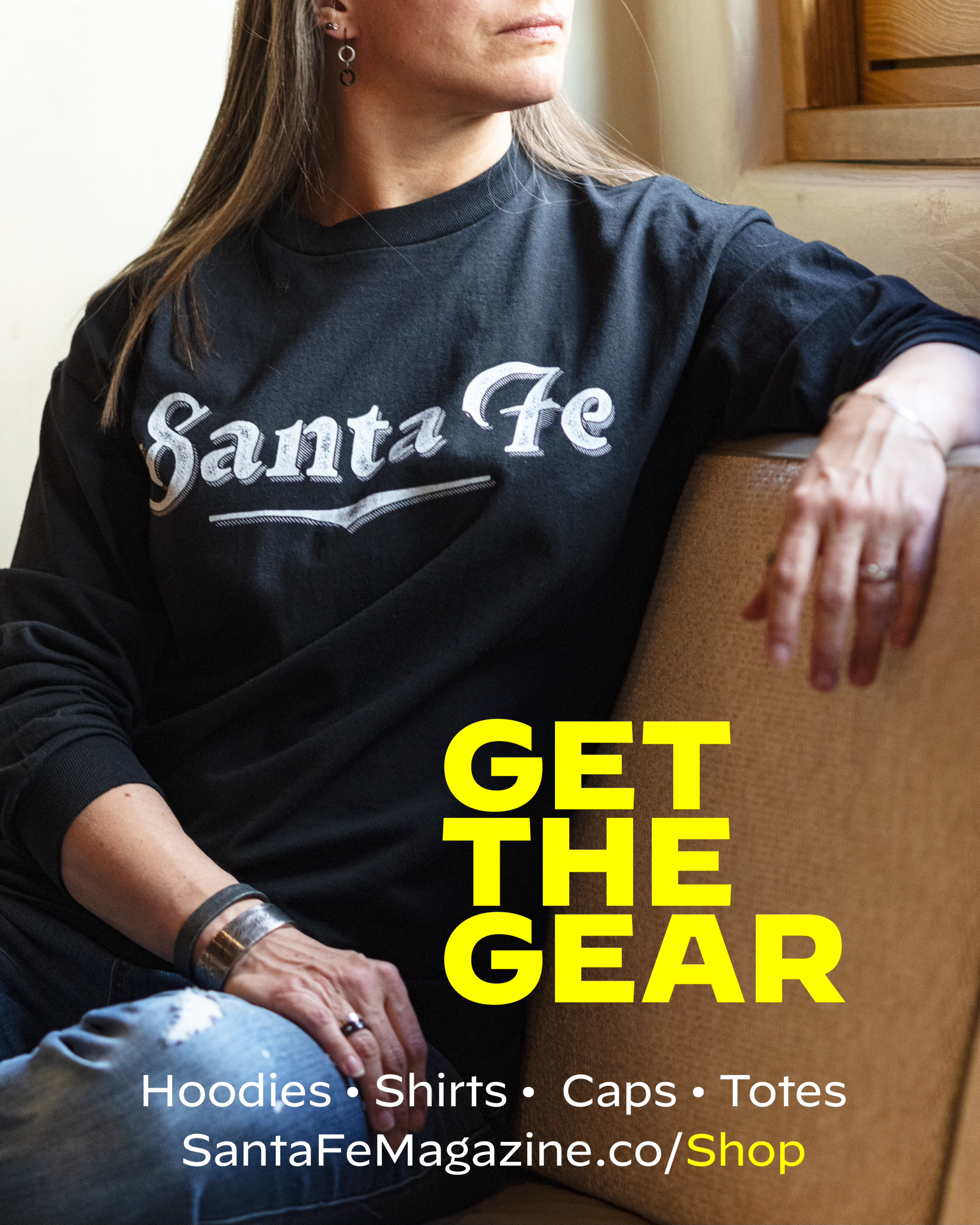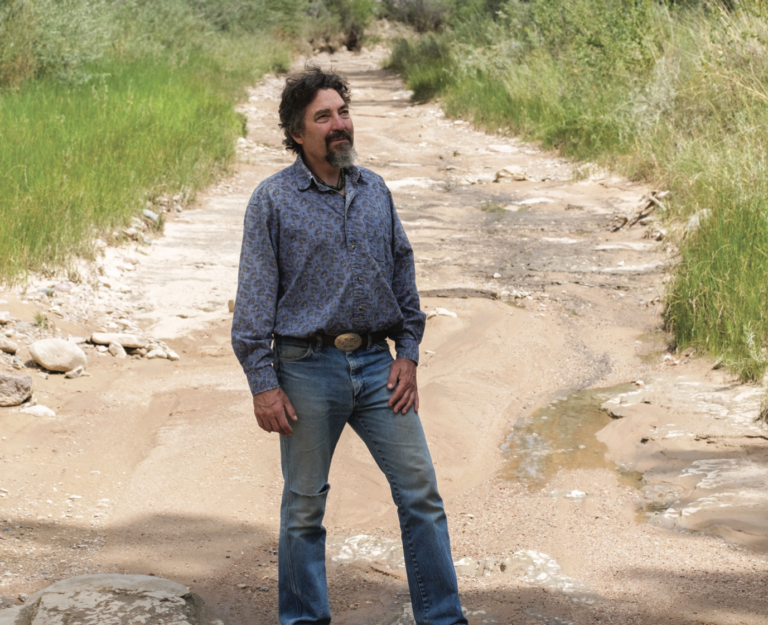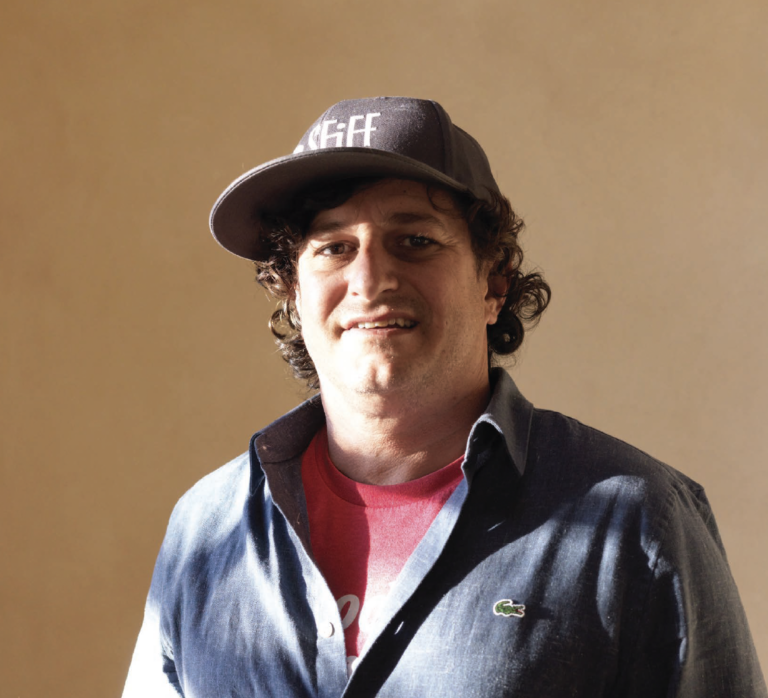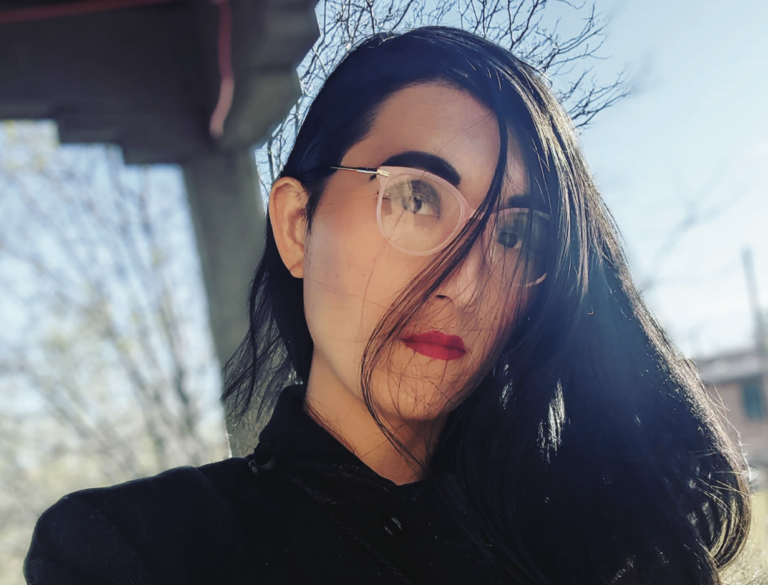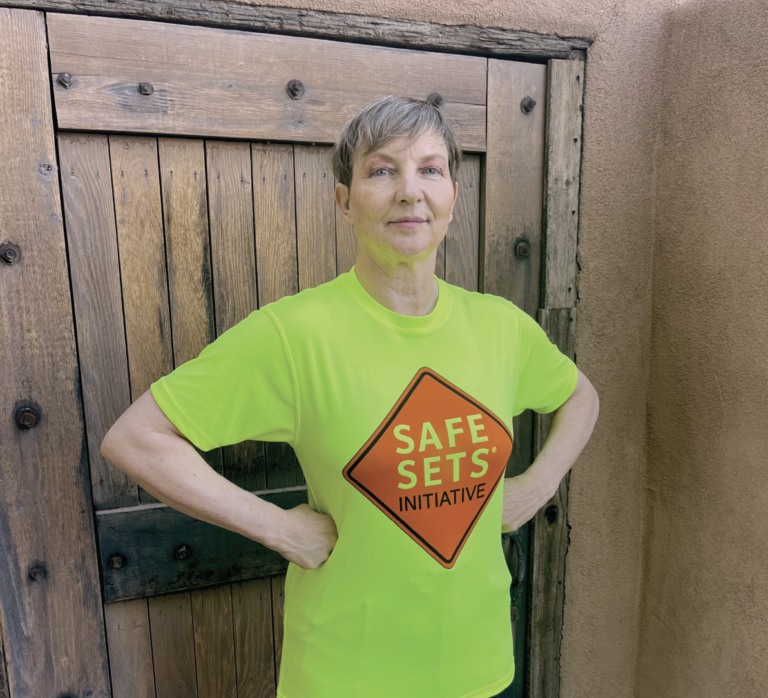Owen: What are you drinking?
John: Taos Lightning. You?
Silver Coin.
Well, the one-year anniversary issue is out the door!
When did we start this again?
Well, you’ve been here six years, right?
Six years since I made the move with my pregnant wife and oversized Golden Retriever. Six for me and my wife too. It’s a long way from you hanging around your publisher’s loft at American Health or Psychology Today, polishing that National Magazine Award.
That metal plaque now serves as a coffee coaster. And its been a while since you were terrorizing art departments at Vanity Fair or Esquire or wherever…
And even though you were bulldozing clay mountains at Shakespeare on the Hudson, you just couldn’t stay away.
I told myself I didn’t miss magazines. I lied. And what normal person starts a magazine when whole parts of the industry are having an extinction event? But there was no hometown magazine! We tried to talk each other out of it.
Almost. I had no intention of starting a magazine when I moved here. I was supposed to be semi-retired, whatever that means. I failed.
It had to be a magazine about the people who live here – it had to be their words. If we did it right, we would have a true chronicle of the city.
I grew up in Kansas City, where everyone you met was born there or came there for work. Like most places. Here, people come to create a way of living, filled with their passions. I think that’s why our stories are so amazing.
People imagine the magazine business is romantic. You’ll remember that 5,000 copies of the first issue showed up at my house in a semi – it couldn’t fit through my gate, and we had to ferry all the copies in our trucks from a half mile back, by the monastery.
Can I remind you that each box weighed 25 pounds? That’s over six tons. And we barely made the printer deadline because your stories were so late.
No, yours are too early. It’s equally annoying. But it’s worth it.
Here’s the thing about the stories: the more you get to know someone, the more you realize how much in common you have with them. It’s the namaste thing, right? Hey, I recognize that light in you. I mean, really, what else is there?
I find myself almost routinely gobsmacked by the people we talk to.
People always ask where we get these subjects…
At the end of each interview, I ask who else I should be talking to. People always have amazing ideas. For me, the hardest thing is reducing the complexity, the nuance, the compelling narrative of people’s lives into a few pages.
Short can be good. Heart of Darkness is 72 pages.
The Great Gatsby is less than 50,000 words. Really, we’re printing short stories, not novels.
The important thing is to allow people to let their real selves out.
We wear our masks all day to be who we think we should be. Take the mask off.
If we do our jobs right, people are comfortable enough to tell us exactly how they feel. And when people read the stories, they say, That’s true. You’re doing something real.
The stories are becoming more and more about being human, about being authentic, about the things that deeply matter.
It’s a profound thing we get to do. I’d rather be doing this – right here, right now, at this moment – than anything else.
We don’t just talk to people. We listen.
So, whose idea was it to call it Santa Fe magazine?
Mine.
No, you said it was too obvious.
You wanted to call it Saints and Sinners.
Yes, that’s right, but Santa Fe was my idea.
When I found out the trademark wasn’t taken, I couldn’t believe it. My idea.
Actually, that’s the best part of our partnership. We don’t even remember who came up with our best ideas. And we are ruthless with each other’s ideas: best idea wins.
Speaking of partners, how about Jodi? I’ve worked with a lot of publishers and a lot of ad sales people, and I’ve never seen anyone like Jodi. She’s a force of nature. I wouldn’t like to say no to her.
And, like our connections with the interviewees, her relationships with the advertisers become very personal. It’s not transactional.
We need partners, if we’re lucky enough to find them. At this stage of my life, this is a gift. You know, my five-year-old daughter, Charlie, seemed a little suspicious when I told her that I had published magazines and that I had once been good at it. I am an unrepentant show-off. I wanted my daughter and my wife Maggie to see what I could do.
And I don’t think there’s any other city we could have done this in.
I’ve been reading about what Athens was like in 362 BC. It was a city-state where a tide of startling creative, scientific, artistic energies emerged in an incredible culture. Florence during the Renaissance was a city-state, then there was Paris in the ’20s and fin de siècle Vienna – this burst of creativity has happened many times. And here we are, right in the middle of one. We theorized this when we started. But nothing I’ve done could have prepared me for who we’d meet through these interviews. Our job is to talk to interesting people.
It’s interesting about the city-state of Athens. I talked to a realtor who said people are coming here “to get away from the United States.”
Same thing with Athens! It was surrounded by Sparta, by enemies. But there it was.
And I am glad to have found dry land and my first real home. It took Odysseus 20 years to make it back to Ithaca. I’m all in.
Photo Mary Moon

